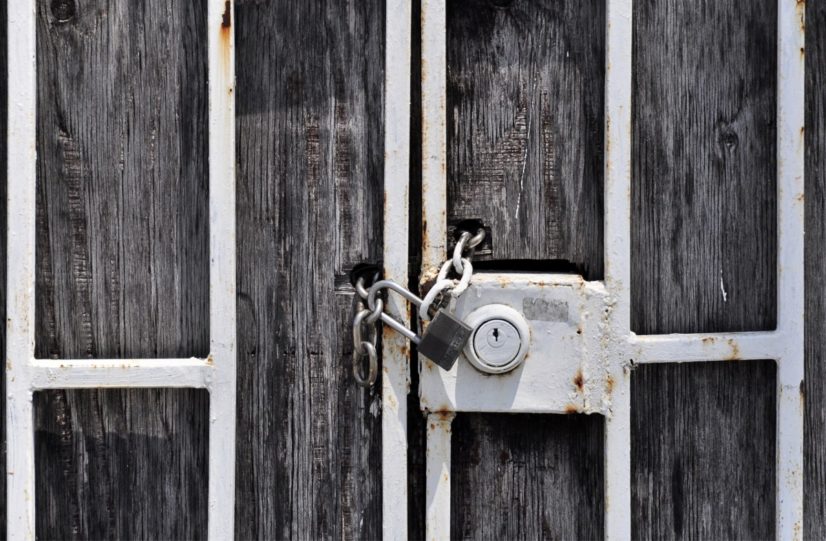Taking control of an organization takes more than steely resolve or astute leadership skills. These days, concern for physical security is at an all-time high, and with good reason. Modern office security controls don’t just need to protect your employees. They must work to safeguard your equipment, facilities and data from an IT security threat scenario — a hacker with a USB stick full of your organization’s industry secrets and sensitive data, for instance.
These kinds of attacks are not uncommon at all; in fact, it is believed that the NSA’s router hack was due to unauthorized physical access to top-secret security data. Though your data may not require a top-level security clearance, in the wrong hands, sensitive information can be quite damaging. Working to unify your physical controls with your data security and technological protections will help you avoid these kinds of embarrassing, costly and damaging events, allowing you to take the reins of your business’s physical security.
Cloud-Based Access Control vs. On-Premise Access Control
Many modern businesses opt for IP access controls, such as the ISONAS systems we install at Taylored. These systems are more lightweight than conventional units because they can be powered over IP rather than through a separate power supply. This in turn lowers their maintenance requirements and makes the equipment simpler to install
However, IP controls require access to a server, whether virtualized or otherwise. Therefore, clients installing these systems must decide between cloud-based controls or on-premise units. On-premise servers offer more control over their individual configuration and security features; however, servers hosted on-site may be costlier to maintain and may necessitate frequent upgrades or equipment purchases.
Cloud-based, or “hosted,” access controls make use of virtualization technology so that equipment can be housed off-site — typically in a large data center or other professionally managed facility. This often results in a cost savings since equipment upgrades and maintenance are managed by the provider. However, you will have to pay a monthly fee for this service, which doesn’t make sense for every business model.
Your Choices for Entry System
As with most things in life, when you select access controls for your office, you have options — namely, the type of authentication system you decide to go with. Office access control systems employ a number of techniques to secure various areas, from external authentication cards and key fobs to your employees’ own fingerprints. The authentication system you choose will influence the cost, convenience, and level of administration. Here are a few of the various methods you can use and their advantages and disadvantages.
- Swipe Card Door Access Control Systems: For years, a swipe card was the only multi-door access control system around. Swipe card systems remain one of the more affordable options, as they typically do not require large infrastructure investments in order to get them installed. Naturally, though, these systems are easier to defraud — and a stolen or copied entry card makes your offices vulnerable. For this reason, many businesses have moved away from magnetic strip swipe cards toward radio frequency identification (RFID) access control systems.
If you decide to go with swipe cards, it’s a good idea to combine your system with other controls. For instance, you could program entry controls to restrict access on weekends or evenings. You can even administer settings based on various access levels, such as unlimited access for managers and IT personnel. Another level of security is available from surveillance cameras; many businesses link door controls to surveillance cameras. Cameras can then be trained on the door every time there is an entry attempt. These extra measures will help you boost site security and reduce vulnerabilities introduced by swipe cards.
- Radio Frequency Identification (RFID) Access Control Systems: Even ordinary, everyday obstacles — dust in swipe card readers or waning magnetic strip strength — can prevent swipe card systems from operating smoothly. These kinds of problems are exactly what has made RFID access control systems so popular. Instead of relying on magnetic strips, RFID systems use radio frequency technology to approve access. A miniature radio antenna is placed inside each entry card, fob or human interface device (HID) distributed to personnel. That antenna transmits a signal when in proximity to door locks. The RFID card readers then grant or deny access based on your preprogrammed permissions.
One of the most notable advantages of RFID technology is that each instance is unique. The RFID tag inside access cards creates a unique identification code, making it much less likely that cards will be copied or reprinted. RFID also adds to user convenience, since readers can scan RFID tags from a distance.

